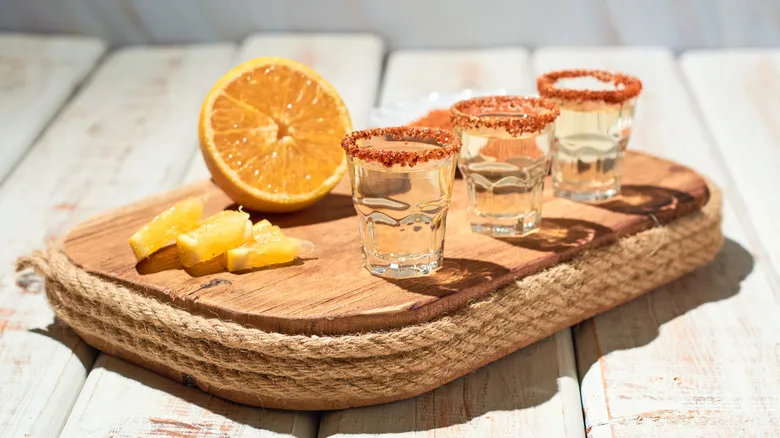Mezcal is great for sipping straight
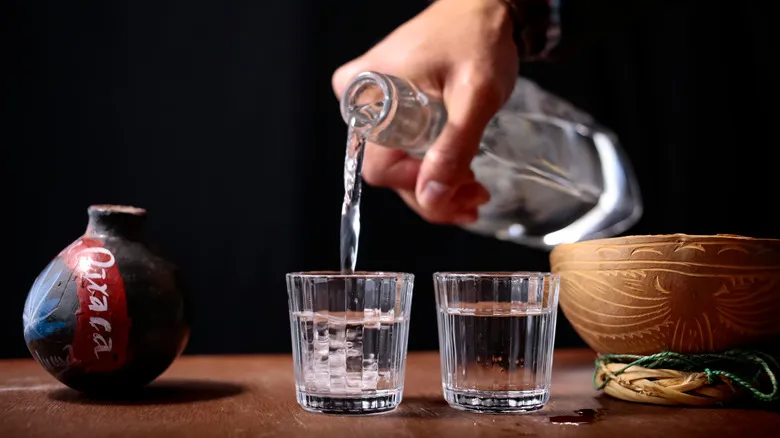
One Mexican spirit that is gaining recognition is mezcal. This beverage originated when the Spanish arrived in Mexico, but it is often perceived merely as a smoky variant of tequila. Similar to tequila, mezcal is produced from the piña (heart) of the agave plant. However, unlike tequila, mezcal can be crafted from various agave species and is made in nine different Mexican states, compared to the five states where tequila is produced.
The piñas are roasted in pits lined with lava stones, imparting a smoky flavor before they are mashed and distilled. "The production of mezcal is quite unregulated, making it a somewhat enigmatic spirit," noted Vajra Stratigos, director of food and beverage for Atlanta's Fifth Group Restaurants. "Consequently, there are numerous styles and influences at play. It truly stands out as one of the few evolving spirits in the world today, with rules and processes still being established."
As our culture continues to embrace craft beverages, mezcal's popularity is on the rise. For those who prefer sipping rather than shooting, a joven (young) mezcal is a great choice. It is unaged yet retains an earthy richness and smokiness. For those whose taste buds are already attuned to stronger smoky flavors, we recommend trying an oak barrel-aged reposado (aged between two months and one year) or añejo (aged for one to three years). We suggest enjoying it neat to fully appreciate its complex flavors.
Mexican whiskey makes a fantastic cocktail
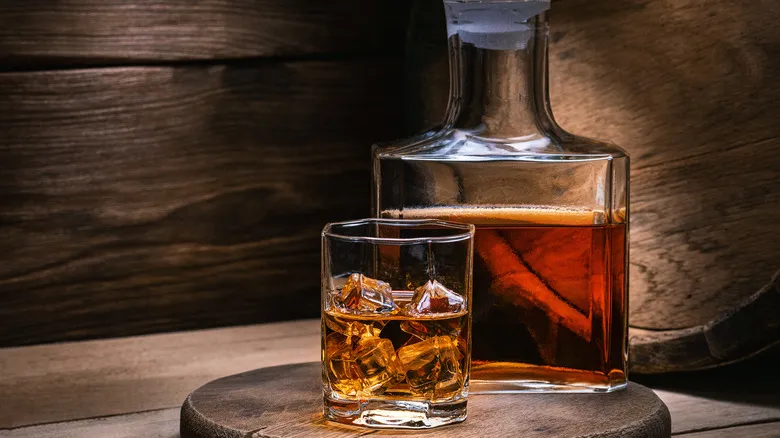
Since 2013, Mexican distilleries have ventured into the whiskey industry. Corn, a fundamental crop in Mexico, is the primary ingredient for this rich spirit. Distillers in Oaxaca often experiment with various types of corn, including white, yellow, and black. Depending on the specific bottle, they may incorporate different corn varieties—such as ancestral and heirloom—to achieve distinct and complex flavor profiles. While the taste can differ, Mexican whiskey is frequently characterized by a pronounced corn flavor, complemented by hints of smokiness, vanilla, honey, and other toasted or roasted notes.
Pierde Almas was founded by Jonathan Barbieri, an American artist who moved to Mexico in the 1980s and initially established the company to produce mezcal. In 2014, he began crafting whiskey using ancestral corn to help preserve traditional varieties in the face of the rise of genetically modified corn. The corn is sourced from small farms, resulting in a floral and light whiskey.
Tepache and pulque are for fruit lovers
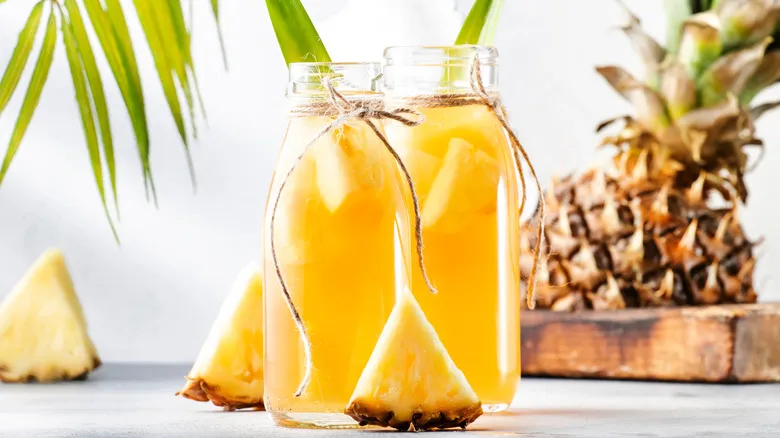
There are other regional spirits to explore, though you might need to travel to Mexico to enjoy them — or you can try making them yourself. Tepache, which is gaining popularity in the United States, is created by fermenting pineapple peels with brown sugar and cinnamon. This results in a low-alcohol beverage, typically around 2% ABV. Often compared to Mexican kombucha, tepache makes for a refreshing summer drink.
In Central Mexico, you might encounter pulque, a milky beverage derived from fermented agave sap. It has a sweet, thick texture with a delicate yeast flavor that pairs well with tangy pineapple juice or sweeter strawberry juice. Finding it in the U.S. can be challenging, but if you're up for a DIY project, you can make pulque at home by using yeast to kickstart the fermentation process (Champagne yeast is recommended) and mixing in filtered water, crushed coriander seeds, and dark agave nectar.
While classic tequila is always a solid choice, there's a lot to discover by venturing into new flavors.
Recommended

9 Best Gins For Your Dirty Martini, According To The Pros
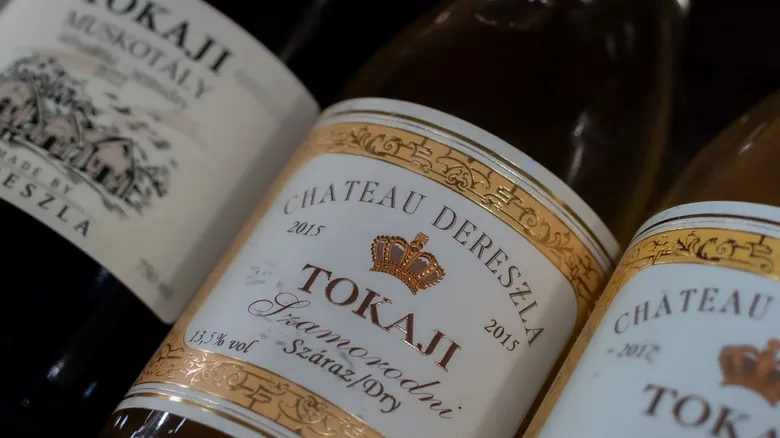
The Only Grape Varieties You Can Use To Make Tokaji Wine
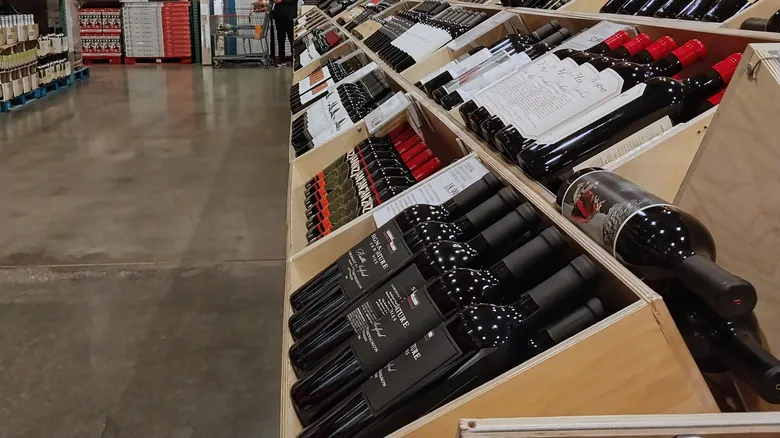
The Costco In California That Sells The Rarest Wines
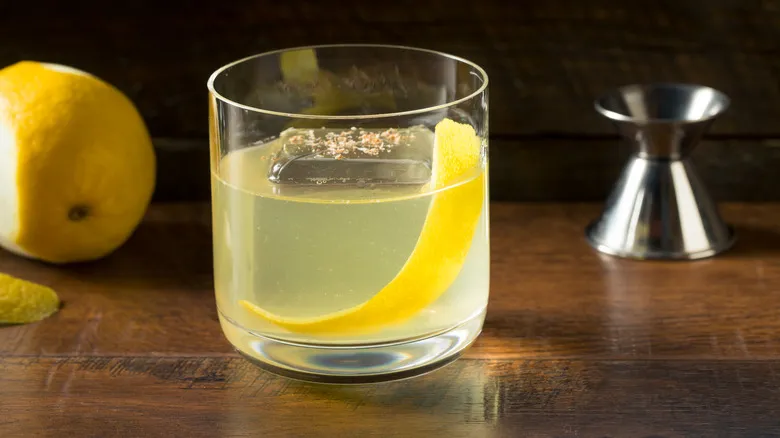
Why Clarified Cocktails Taste Better Than Usual
Next up

